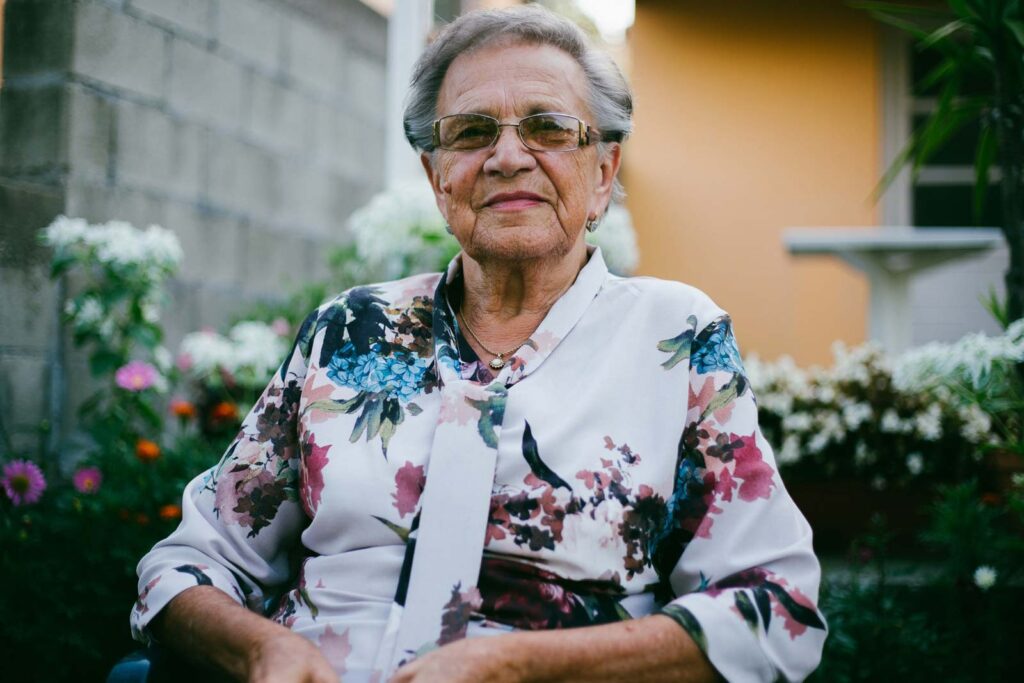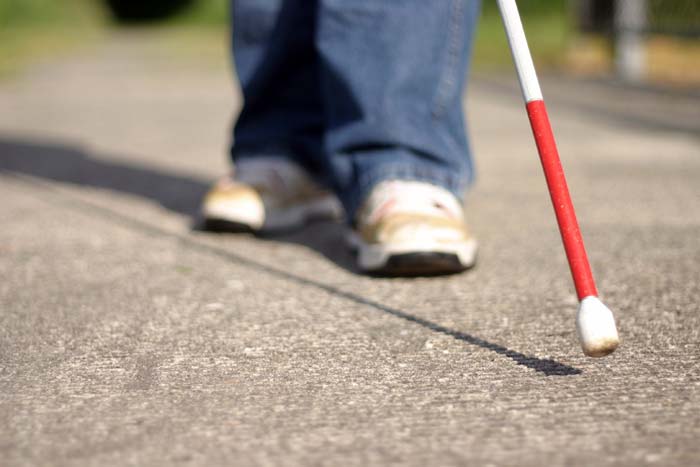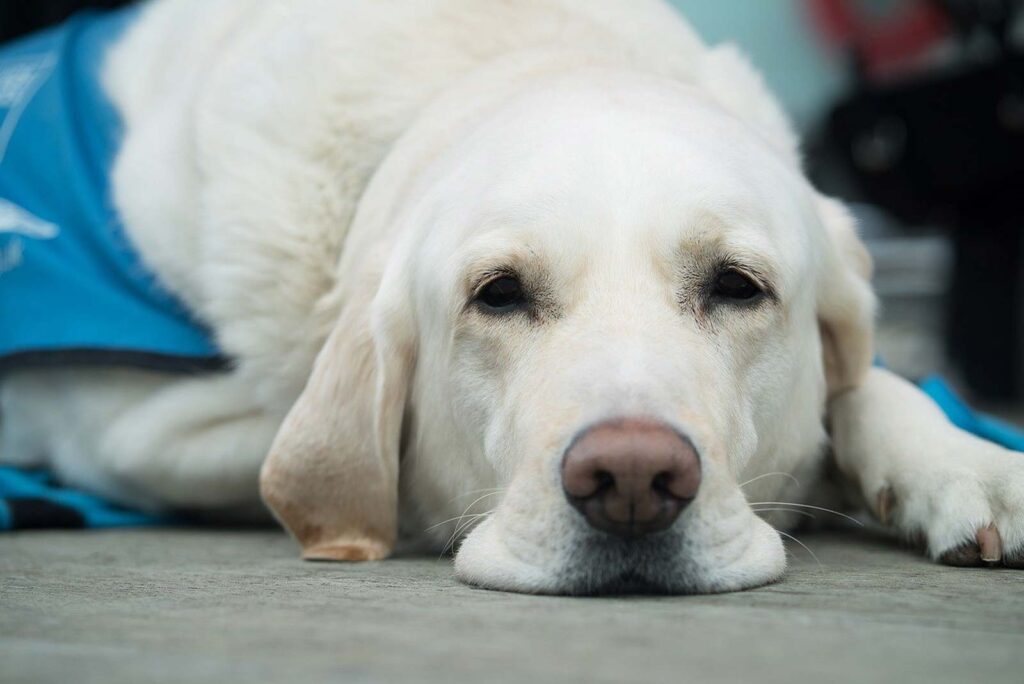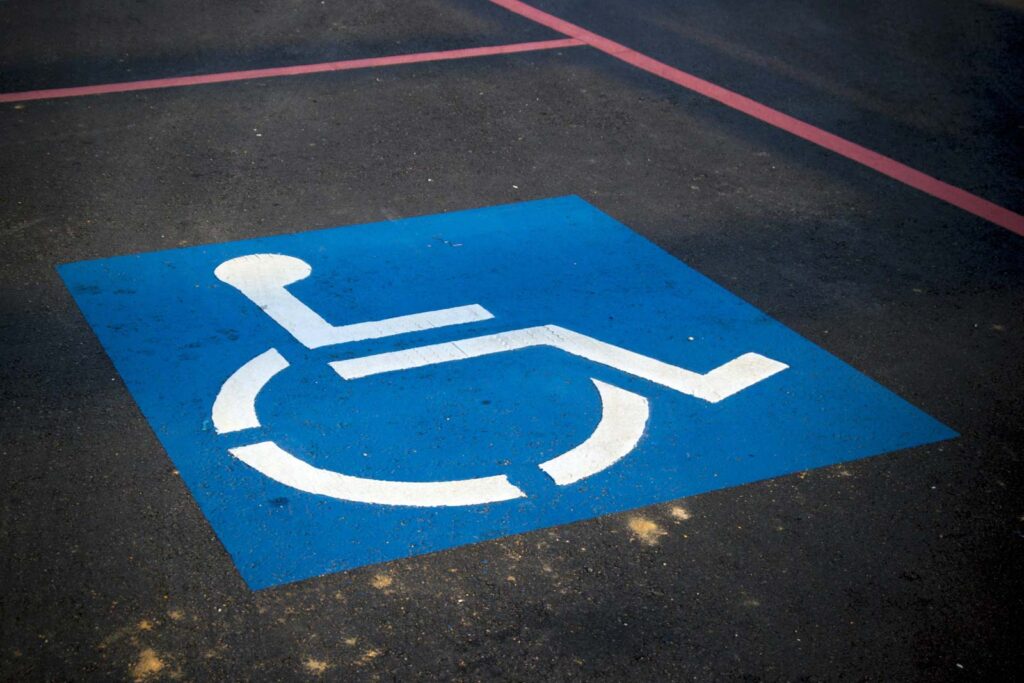- Our guests have given us the
-
- based on their independent reviews
We endeavor to make our services inclusive to all of our customers and this includes making our vehicles as accessible as possible for those who are less abled or use wheelchairs. All our buses have low floors to aid boarding and alighting.
Wheelchair and mobility scooter users travel free on Hertfordshire County Council bus services and passengers do not need to have or show a concessionary ticket or validate a disabled pass.

Older or
Less abled passengers
To help older or less abled passengers our drivers will:
- Pull in close to the kerb at bus stops wherever possible and assess whether or not kneeling the bus will help.
- Kneel the bus if someone asks.
- Be patient with passengers who may need more time to board.
- For your safety, we will make sure all passengers are holding on or are seated before moving off.
- Never make assumptions and will not question anyone’s entitlement to a disabled person’s pass.
- Be ready to offer help. This could be something as simple as writing information down, giving passengers a little extra time, or facing them so they can lip-read.
Travel wallet
Let bus drivers know what help you need
Hertfordshire County Council’s bright orange travel wallet is designed for older or disabled passengers, for people with communication difficulties or who might lack confidence in asking staff for help. It has plastic pockets to keep everything together and space to write a short message e.g. “I’m deaf, please look at me when you speak so I can lip read.” Apply here for a free travel wallet
Visually impaired
passengers
Blind and partially sighted people with guide dogs do not need to show a concessionary ticket or validate a pass. If someone with a visual impairment boards our bus, drivers will:
- Pull in close to the kerb and kneel the bus.
- Inform passengers of the route number and where the bus is going, as they board.
- Let a visually impaired person know where there is a seat and how far away it is from where they are standing and give passengers time to get to a seat.
- Tell passengers when they reach their stop.


Assistance Dogs
All assistance dogs are welcomed onto our buses. Our drivers will look out for their distinctive jackets or harnesses and be patient and ready to offer help when boarding. As long as there is space, there is no limit on the number of assistance dogs on board. Sometimes it is easier for an assistance dog owner to use the seats by the wheelchair priority area so the assistance dog can sit in that area. There are posters supporting this which will ask buggy owners or wheelchair users to share the space.
Wheelchairs and
mobility scooters
Most manual and electric wheelchairs will fit into the wheelchair priority area on our buses.
Wheelchair accessibility regulations for access to public transport use a specific reference wheelchair (see diagram). The reference wheelchair has:
- Total length of 1200mm including extra-long footplates.
- Total width of 700mm.
- Sitting height (from ground to top of head) of 1350mm.
The reference wheelchair is bigger than most wheelchairs to ensure that enough room is provided for most wheelchair users. However, some powered wheelchairs and many motorised mobility scooters are bigger than the reference wheelchair and may not necessarily fit. If your wheelchair is no bigger than the reference wheelchair you should be able to use any of our vehicles. If your wheelchair is bigger, please contact us. Although we are not legally obliged to take you in a larger wheelchair, we will make every effort to help if possible.
Boarding procedures for wheelchair users
Wheelchair users are to be given access to the wheelchair priority area even if it is occupied by buggies and other passengers. When there’s a wheelchair user at a bus stop our drivers will:
- Pull in close to the kerb and ensure the bus is not parked where obstacles on the pavement such as litter bins or railings will obstruct the ramp.
- Acknowledge the wheelchair user.
- Check the wheelchair priority area is free. If not, ask for passengers to make room.
- Let other passengers off and then let the wheelchair user on. Wheelchair users must make sure they have their back to the backrest and their brakes are applied and, if they have one, the motor is disengaged.
- Give the wheelchair user the time they need to position themselves safely.
- Listen out in case the wheelchair user tells them where they’re going.
- Let the wheelchair user off the bus using the same procedure for boarding.
What if people don’t make room?
The professionalism and patience of our drivers will help wheelchair users feel confident about travelling independently. Our drivers will:
- Ask passengers to move, reminding people that the wheelchair priority area is the only place wheelchair users can travel safely.
- If other passengers seem unwilling to make space for a wheelchair user, explain that the wheelchair priority area is the only safe place for wheelchair users to travel.
- Explain that it is possible for a wheelchair and an unfolded buggy to share the priority area provided the wheelchair user is in the correct position and the buggy is not blocking the gangway.
- If a buggy owner, already on the bus, is willing to get off to provide more space for another buggy or wheelchair user, issue a transfer voucher to allow them to travel on another bus.
- Contact the depot to alert the driver of the next bus that a wheelchair user cannot, despite requests, be accommodated on this service and to accommodate them on the next.

Contact Us
It’s clearly in the best interests both of the bus driver and the passenger if the driver is fully aware of the needs of an older or less abled passenger’s requirements and how to respond to them. However, the regulations do allow the driver to refuse to help if doing so would adversely affect their health or safety, your safety or that of other passengers, or the safety of the vehicle. If you wish to advise us of your specific needs or make a complaint, please contact us.
